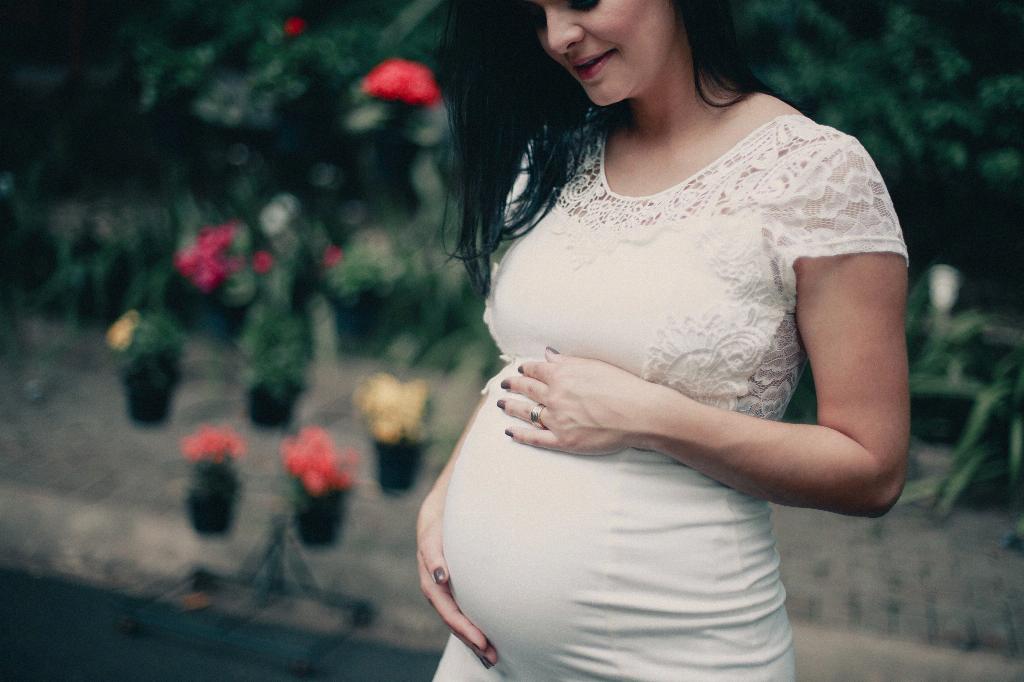One common question that many individuals have after undergoing a C-section is when they can safely take a bath. Understanding the appropriate time frame for bathing post-surgery is crucial to ensure proper healing and minimize the risk of complications. Here are some guidelines to consider when determining when it is safe to have a bath following a C-section.
Post-C-section Care
After a C-section, it is essential to follow the post-operative care instructions provided by your healthcare provider. This typically includes keeping the incision site clean and dry to prevent infection and promote healing. While it may be tempting to take a bath to relax and unwind, it is important to wait until it is safe to do so.
Importance of Proper Wound Care
Proper wound care is crucial following a C-section to prevent complications such as infections. Cleaning the incision site with plain water and keeping it dry is essential in the initial stages of recovery. While it may be uncomfortable, it is important to avoid submerging the wound fully in water for at least two weeks.
Showering vs. Bathing
While you may not be able to have a bath immediately after a C-section, showering is typically allowed once the dressing is removed. During a shower, you can let the water run over the incision site gently without scrubbing or massaging the area. This allows you to clean the wound effectively without risking infection.
Two-Week Rule
It is generally recommended to wait at least two weeks before taking a bath post-C-section. This time frame allows the incision to heal sufficiently and reduces the risk of complications associated with exposing the wound to excess moisture. While it may feel like a long time, following this guideline is crucial for your recovery.
Consult Your Healthcare Provider
Every individual’s recovery process may vary, so it is essential to consult your healthcare provider for personalized advice. Your doctor can assess your specific situation and provide guidance on when it is safe for you to take a bath following a C-section. Trust their expertise and follow their recommendations closely.
Monitoring Your Incision
While waiting to take a bath after a C-section, it is important to monitor your incision site for any signs of infection or complications. Look out for redness, swelling, or discharge that may indicate an issue. If you notice any concerning symptoms, contact your healthcare provider immediately.
Listen to Your Body
Throughout your recovery process, it is crucial to listen to your body and pay attention to how you are feeling. If you experience any pain, discomfort, or unusual symptoms, do not hesitate to seek medical attention. Your well-being is paramount, so do not ignore any potential warning signs.
Gradual Return to Normal Activities
After a C-section, it is essential to allow your body time to heal before resuming normal activities such as taking baths. While it may be inconvenient to wait, prioritizing your recovery and following the recommended guidelines will ultimately benefit your long-term health.
Patience is Key
Recovering from a C-section requires patience and diligence in following post-operative instructions. While it may be tempting to rush the healing process, taking the time to care for yourself properly will ensure a smoother recovery and reduce the risk of complications. Remember that your health is worth the wait.
Final Thoughts
In conclusion, the timing of when you can have a bath after a C-section is an important consideration for your recovery. By following the two-week rule, consulting your healthcare provider, and monitoring your incision site, you can navigate this aspect of post-operative care effectively. Remember to prioritize your well-being, listen to your body, and allow yourself the time needed to heal properly.

